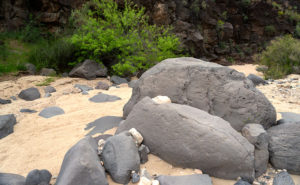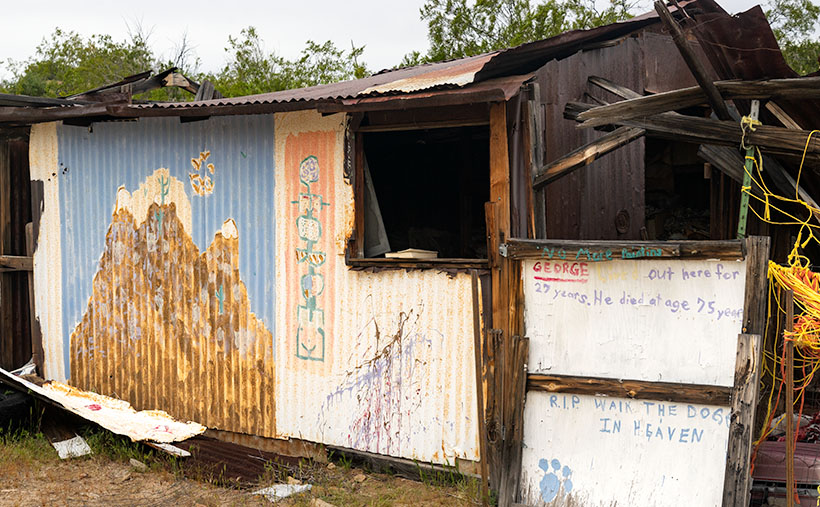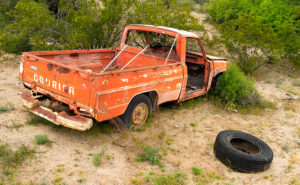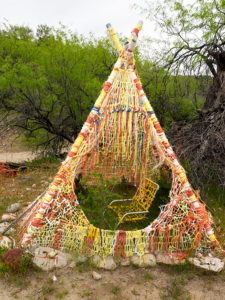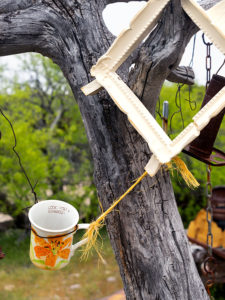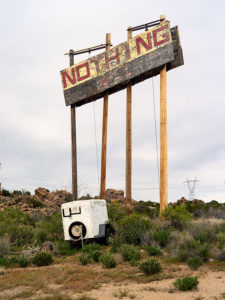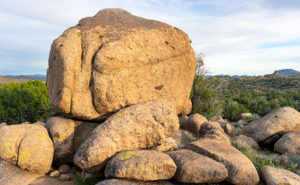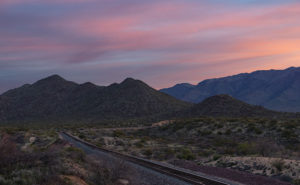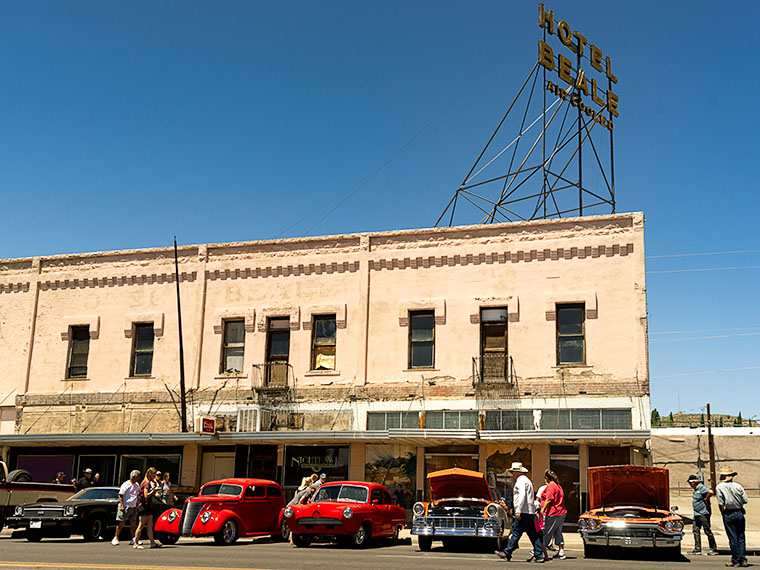
My folks lived in Kingman from time to time, so it’s been a common source for many of my stories in the past. After they retired, mom and dad bought a trailer so they could travel the country—or that was the plan. What they did was to split time between Georgia—where my sister lives—and Arizona. It’s not clear to me, but I think they wanted to be close to their kids—however not too close.
They didn’t move on any schedule. Whenever my mom would get a hair up her butt, my dad would call to announce they were leaving. We didn’t know it then, but she was in the early stages of dementia, and something could trigger an episode of paranoia, and then they’d pack up at a moment’s notice. Within a year, they’d be back at the same trailer park where they always stayed. Their random migrations never made sense. We believed they were crazy, which—in the case of my mom—turned out to be more valid than we could have ever suspected.
Since their passing nearly a half-decade ago, we no longer had any reason to stop in Kingman, but last November, when I featured Seligman as our featured destination, I wrote about the Route 66 revival and gathering of classic car and hot rod enthusiasts each year that make a pilgrimage to their Mecca—the Mother Road. Nearly a thousand collector cars gather in Seligman to drive the last contiguous 150 miles of Route 66. They turn a three-hour drive into a weekend event by making show-stops in Kingman, Oatman, and Needles. This Fun-Run has been going on for thirty-eight years, and it happened again this weekend. Since Kingman is up the road (it’s closer than Mesa), I decided to play with the shiny cars, and just to be mean, I dragged Anne along with me.
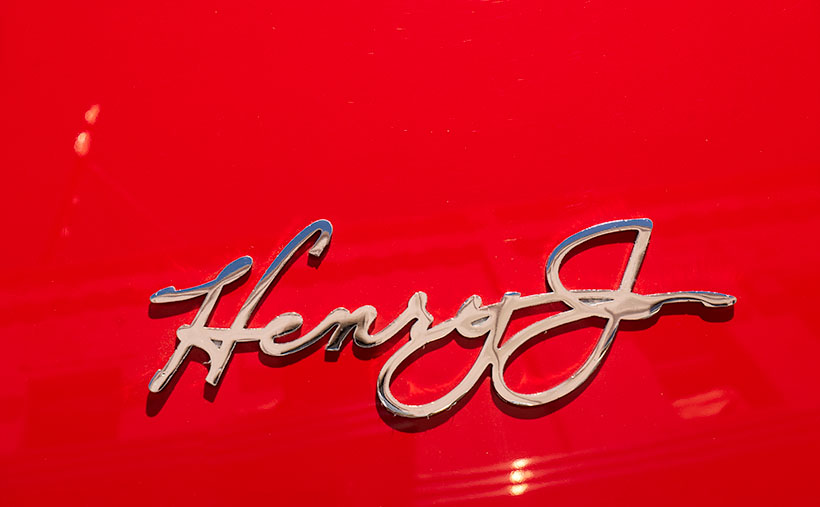
For this show, the city of Kingman blocked off the downtown streets and parked the cars diagonally on each side. The car owners set up chairs in the shade on the sidewalks, while the looky-loos (including us) walked up and down the streets. As we walked through the displays, two things stood out. These were old (my age) white men. No Gen X or Millennials participated in the event. After talking with several owners, I got the impression that they didn’t want to drive those cars. They considered them investments, and the worst thing you could do is to add road miles. For example, I talked to the owner of a Dodge Duster that had a blown drag-race motor and sponsor decals down the sides.
I asked, “What’s your best quarter-mile time?”
“Oh, it’s never been on a drag strip. It’s a show car.”
I cringed and glanced at the roll-cage and thought, “What’s the point?”
On our way to see the cars, I told Anne that I wanted to take photographs capturing the vehicle’s essence. Abstracts that you could show to any car-guy and they could name the auto’s make, model, and year. I wasn’t trying to document the vehicle’s visit to the show. I was looking for graphic art. I feel that I succeeded with this week’s featured image that I call Red Henry J. At first glance it seems like a simple shot of a chrome name badge against the red background. If you look closely, however, you can make out the Hotel Beale reflection in the red paint—even though the Internet jpg version loses much of the original’s detail.
Anne had never heard of Henry J’s, so I explained that hot-rodders liked them because they were small and light. They stuffed big engines in them for drag racing, much like what Carol Shelby did for Cobras. You can see the Henry J parked in the middle of the opening shot above. You can also see the Web version of Red Henry J by clicking here. I hope you enjoy viewing this week’s post and next week; we’ll show another image from our afternoon in Kingman.
Until next time — jw

